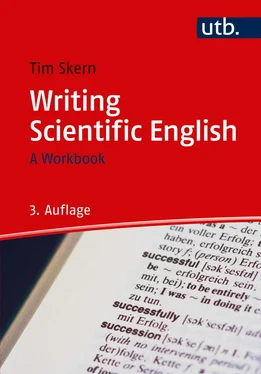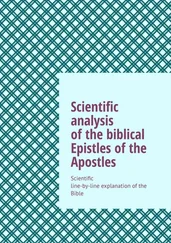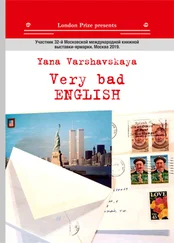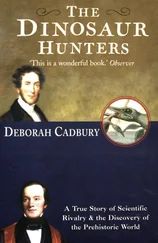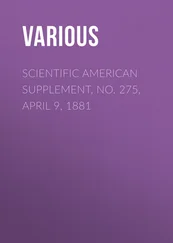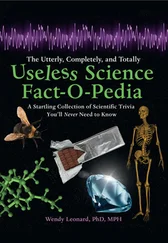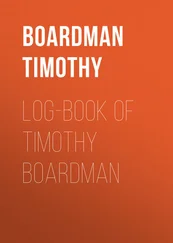Use commas when making a list such as “u, v, x, y and z”. British English does not require a comma before “and” whereas American English does. The presence or absence of a comma before the “and” will not affect the success of your manuscript. In the related list “p, q, r as well as t”, neither British nor American English requires a comma before “as well”.
Use commas as weaker brackets to show material that is not central to the sentence. You might want to write the following sentence.
“Our latest results, obtained using a recently developed technique, also support our overall hypothesis.”
The information between the commas provides extra information which is not essential to understand the meaning of the sentence.
Use a comma after a linking word (that is words such as “however”, “furthermore”, “additionally”) at the start of a sentence, or after a phrase that qualifies or introduces the main part of the sentence. This will tell the reader where to look for the main part of the sentence. For instance, look closely at the following sentence.
“As expected, levels of bacterial growth increased during the course of the illness.”
Try reading the sentence without the comma and you will notice how the meaning changes. Here are further examples of this comma in scientific writing:
“To investigate this idea, we performed the experiment in Figure 1.”
“Although these guidelines do not show every possible use of the comma, they are very useful.”
“Provided that you are careful in its use, a spellchecker is a valuable tool.
Do not use a comma before “that” in a sentence such as “We showed that this hypothesis is false.” Unlike some other languages, this is one situation in which a comma in English is not needed.
The semi-colon should be used to divide a sentence into two halves when the second half expands upon or qualifies the first. When should you use a semi-colon and when a full-stop? A semi-colon is necessary when the two halves of the sentence are part of the same thought. If they are not, the two halves of the sentence are bona fide complete sentences and a full-stop is necessary. Never use more than one semi-colon per sentence.
Use the colon only in the following two circumstances. The first is to introduce a list, as the next sentence illustrates.
“We measured the following physiological parameters of competitive skiers: pulse rate, blood pressure, oxygen consumption and lactate concentration.”
The second circumstance in which a colon can be used is to divide the title of a manuscript into two halves. The first half of the sentence introduces the global subject area. The second half states the part of this area under investigation. This strategy eliminates the verb and saves characters. Examples might be “Global warming: the contribution of deforestation” or “Biodiversity: the impact of abolishing lawn mowing”. These titles are further examples of incomplete sentences that are allowed in scientific writing.
Question marks are used frequently in scientific manuscripts because asking questions is a fundamental scientific activity. The “introduction” section to a manuscript may pose a specific question that the experiments in the results are designed to answer. The “results” section may use questions to introduce why specific avenues of investigation were taken. Posing questions in the “discussion” section is a lively way of bringing in a new interpretation or moving to a related topic.
1.2.2.5The exclamation mark
Exclamation marks, expressing surprise or an order, are almost completely absent from scientific writing. You may need them in your emails, blogs and text messages, but you can forget about them in your thesis and your manuscripts.
Quotation marks are used in scientific English to indicate that you have taken a phrase or sentence from a piece of work and have used it directly without any modification. Direct quotes from written work by another author should always contain a reference to that work. There is no law which says how many or how long direct quotes should be. If you have read some scientific manuscripts, you will have noticed that direct quotes are rare. Scientists prefer to describe the work of others in their own words and give a reference to the original paper. Such sentences take the form of “Smith and Jones (Smith and Jones, 20xx) reported that A is converted into B” or “Li and Yu provided evidence that X can be generated from Y (Li and Yu, 19xx).” It is a sign of scientific maturity when you can express the work of others in your own words.
Brackets are the best way of marking text that is not essential to understand the meaning of a sentence. Do not use a dash (—) or a hyphen (-) for this purpose. Brackets are preferable because they are directional and thus inform the reader where to look for the start and end of the inessential text.
A very useful application of brackets is to contain lists of examples preceded by “e. g.” (exempli gratia or example given) or explanations preceded by “i. e.” (id est or that is). This strategy avoids using the abbreviations as part of a sentence. Look at the following sentence.
“Anti-viral agents are available to combat several viruses e. g. HIV, influenza virus and herpes virus.”
The presence of “e. g.” as part of the sentence is considered poor style. The style can be rapidly improved by inserting the list between a pair of brackets.
“Anti-viral agents are available to combat several viruses (e. g. HIV, influenza virus and herpes virus).”
1.2.3Write out all verb forms
There are no shortened forms of verbs (e. g. “it's”, “isn't”, “can't”, “don't”) in formal English. Remember that “it's” is short for “it is” and has nothing to do with a possessive form of “it”. The following three sentences illustrate the difference.
“The powder is red. It's a red powder. Its colour is red.”
If you always write out the forms of verbs, this problem will disappear.
1.2.4Avoid starting sentences with “and”, “but”, “because” or “so”
Starting sentences with these words is considered to be poor style and not formal English. Words that you can use in their place are listed in box 1.4 Box 1.4Words for linking sentences in scientific writing Do you want to add further information to that contained in the previous sentence? Use words such as: “in addition”, “additionally”, “further”, “furthermore”, “indeed” or “moreover”. These words will enable you to avoid starting sentences with “and”. Do you want to introduce contrasting or contradictory information to that contained in the previous sentence? Use words such as “however”, “in contrast”, “instead”, “nevertheless”, “occasionally”, “of course”, “on the contrary”, “conversely” or “otherwise”. These words will enable you to avoid starting sentences with “but”. Do you want to start a sentence with “because”? Do not do so. Instead, combine this sentence with the previous one so that the word “because” leads into the second half of the sentence. Do you want to introduce information that follows from the previous sentence? Then use words such as: “accordingly“, “as a result“, “consequently”, “hence”, “in short”, “subsequently“, “therefore”, “thus” or “to this end“. These words enable you to avoid starting sentences with “so”. Other important linking words: Giving examples: “for example“, “for instance“ Finishing up: “in summary“, “in short”, “in conclusion”, “taken together”
. These words are, together with the other words in this box, not just useful as sentence starters. They also serve to link sentences together and are thus a vital part of scientific writing. To support you in using these linking words, up to five illustrative examples of their use in this book are marked in italics. section 8.1gives the pages on which these words are marked. In addition, the exercises in chapters 3and 5give plenty of opportunities to practise their use.
Читать дальше
